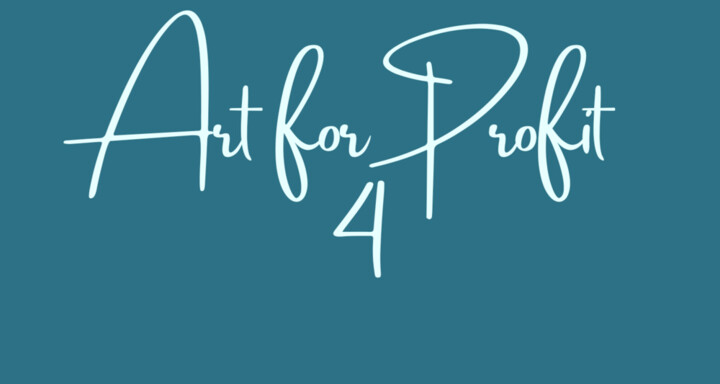Danyel Carinzia
Art for Profit 4

Speculation in the context of the art market refers to the practice of buying artworks with the primary intention of selling them quickly at a profit, often without a deep appreciation for the intrinsic artistic or cultural value of the pieces. Speculators are motivated by the belief that the prices of these artworks will rise in the near future, allowing them to make a profit. Here are some key points to expand on the concept of speculation in the art market.
Short-Term Investment
Art speculators typically engage in short-term investments, aiming to capitalize on perceived market trends or the sudden popularity of specific artists or styles. Their goal is to buy low and sell high in a relatively short period, which can range from weeks to a few years.
Market Timing
Speculators closely monitor the art market and seek to identify opportunities to exploit price fluctuations. They may enter the market when they believe prices are poised to rise and exit when they anticipate a downturn.
Hype and Trends
Speculation often thrives on hype and trends within the art world. Speculators may focus on artists or art styles that are currently receiving significant media attention or are associated with high-profile exhibitions or endorsements.
Risk Factors
While speculation can lead to substantial profits, it is inherently risky. The art market is influenced by a wide range of factors, including subjective preferences, cultural shifts, and economic conditions, making price predictions uncertain.
Volatility
Speculative activity can introduce volatility into the art market. Rapid price increases followed by sharp declines can occur when speculative bubbles burst. This can have consequences for both speculators and genuine art enthusiasts.
Flipping
The practice of flipping art, where speculators buy artworks and quickly resell them at a profit, is common among art speculators. Flippers may not have any intention of holding onto the artworks for an extended period.
Art Fair and Auction House Participation
Speculators often participate in high-profile art fairs and auctions, where they hope to capitalize on the competitive bidding environment and potentially generate quick profits.
Authentication and Provenance Concerns
Speculators may not conduct thorough due diligence on the authenticity and provenance of artworks, which can lead to legal and financial complications if questions arise about the legitimacy of a piece.
Impact on Genuine Collectors
Speculation can sometimes inflate prices to levels that make it difficult for genuine art enthusiasts and collectors to acquire works they appreciate for their intrinsic value, rather than for potential financial gain.
Regulatory Oversight
In some cases, regulators and authorities have implemented measures to curb speculative excesses in the art market. For example, some countries have introduced tax regulations to discourage short-term art trading.
Ethical Considerations
Speculation can raise ethical questions within the art world. Critics argue that it commodifies art, emphasizing financial gain over artistic and cultural value.
Market Corrections
When speculation becomes excessive, the art market can experience corrections, leading to price declines. This can be a sobering experience for speculators who overextend themselves. Speculation is a common phenomenon in the art market, driven by the potential for financial gain. While it can lead to profits, it also introduces risks and volatility into the market.
The presence of speculators highlights the multifaceted nature of the art market, where financial motivations intersect with artistic and cultural values. As with any investment strategy, individuals engaging in art speculation should carefully consider the risks and conduct thorough research before entering the market.
-Danyel

